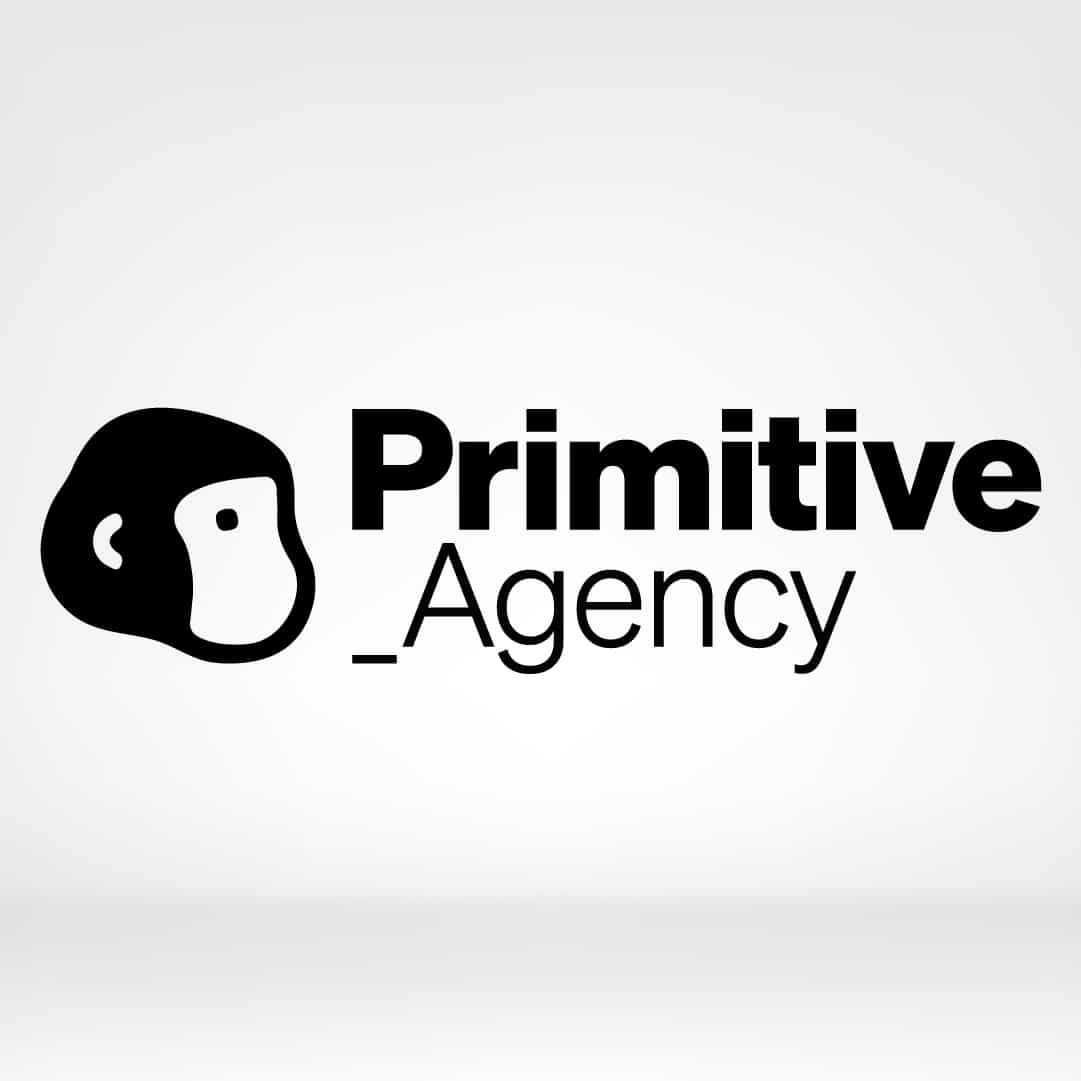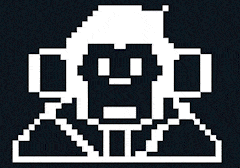With the great competitiveness that characterizes today’s business world, the ability to adopt a product-centered mindset has become more crucial than ever. But what does “Product Thinking” really imply and why should we care?
While it is a fairly important concept for a company’s marketing, today there are many people who are not familiar with it and do not know the amount of benefits it can bring to a brand.
To help you understand this concept, in this article we will explore the fundamentals of this strategic perspective, breaking down its essential elements and shedding light on its impact on innovation, business success, and customer satisfaction.
Join us on this journey towards understanding “Product Thinking” and discover why it has become the driving force behind visionary companies in the digital age.
Also check out: Product Branding: Definition, Benefits, and Examples
What is Product Thinking?
“Product Thinking” refers to a strategic mindset and development approach that places the product at the center of all decisions and processes. It goes beyond simply creating a product; it involves thoroughly understanding user needs, market trends, and business objectives, in order to design and evolve products continuously and effectively.
Instead of focusing solely on the technical features of a product, “Product Thinking” focuses on understanding the problem that the product solves and how it can provide significant value to users.
It is based on the idea that the success of a product is not only measured by its functionality, but by the complete experience it offers and how it integrates into users’ lives.
This approach involves an iterative and results-oriented mindset, where constant learning, adaptability, and user feedback are fundamental. “Product Thinking” is not limited to initial development, but encompasses the entire product lifecycle, from conception and launch to continuous updates and possible expansion.
Product Thinking Vs. Design Thinking
Although “Product Thinking” and “Design Thinking” share similarities in their user-centered approach and problem-solving, there are key differences in their objectives, processes, and applications. Here is a comparison to highlight the distinctions between the two:
Objectives
- Product Thinking: Primarily focuses on the development and continuous improvement of products or services. The main goal is to create solutions that meet user needs and generate sustainable business value over time.
- Design Thinking: Has a broader scope, as it focuses not only on creating products but also on problem-solving in general. It seeks to find innovative, user-centered solutions for complex challenges, not necessarily limited to tangible products.
Process Approach
- Product Thinking: Emphasizes continuous iteration and product evolution throughout its lifecycle. It relies on user data and feedback to make incremental improvements and maintain product relevance in the market.
- Design Thinking: Characterized by a non-linear process that encompasses stages such as empathy, problem definition, ideation, prototyping, and testing. While it may result in products, its application is broader, extending to organizational and social problem-solving.
Scope of Application
- Product Thinking: Mainly applied in the realm of product development and management. It focuses on ensuring that products meet market needs and evolve over time to maintain their usefulness.
- Design Thinking: Applied in a variety of contexts, from product innovation to improving internal processes and designing services. Its versatility makes it suitable for addressing a wider range of business and social challenges.
Application Moment
- Product Thinking: Used throughout the entire product lifecycle, from conception to continuous updates and improvements.
- Design Thinking: Can be applied at any stage of a project, whether at the outset to define problems or later on to ideate solutions and improve iteratively.
What is the Product Thinking process?
The “Product Thinking” process involves a series of iterative steps that focus on thoroughly understanding user needs, adapting to market changes, and continuously evolving the product to offer relevant and meaningful solutions.
Below are the most important stages of the “Product Thinking” process, highlighting their goals and key actions:
1. Research and Understanding:
- Goal: Thoroughly understand user needs, desires, and problems.
- Key Actions: Market research, user interviews, data analysis, surveys, etc.
2. Problem Definition:
- Goal: Identify and clearly define the problem that the product will attempt to solve.
- Key Actions: Synthesis of research, identification of patterns and trends, definition of key pain points.
3. Ideation and Conceptualization:
- Goal: Generate creative ideas and solutions to address the identified problem.
- Key Actions: Brainstorming sessions, rapid prototyping, concept evaluation, cross-team collaboration.
4. Prototyping Development:
- Goal: Create preliminary versions of the product or its features to obtain early feedback.
- Key Actions: Design and development of prototypes, usability testing, rapid iteration.
5. User Testing and Feedback:
- Goal: Obtain valuable feedback from users on the prototype to improve and refine the product.
- Key Actions: User testing sessions, feedback collection, metrics and behavior analysis.
6. Implementation and Launch:
- Goal: Develop the final version of the product and launch it to market.
- Key Actions: Code development, thorough testing, launch preparation.
7. Continuous Measurement and Analysis:
- Goal: Evaluate product performance in the market and gather data for future iterations.
- Key Actions: Key metric monitoring, user feedback analysis, continuous adjustment and improvement.
8. Continuous Iteration and Improvement:
- Goal: Based on metric results and feedback, make constant iterations and improvements to the product.
- Key Actions: Process review, strategy adjustment, new feature or improvement development.
It is important to note that “Product Thinking” is a continuous and cyclical approach. The lessons learned throughout the product lifecycle are fed back into the process, allowing for constant evolution and adaptation to changing market conditions and user needs.
How is Product Thinking used in product development?
In product development, “Product Thinking” serves as a guiding approach that goes beyond the simple creation of technical functionalities. It starts with deep research to understand the true needs and challenges of users.
This approach involves an iterative and user-centered mindset, ensuring that each step of the process is backed by a clear understanding of the problem being solved. From ideation to implementation and beyond, each phase focuses on the perceived value by the user, using continuous feedback to refine and improve the product.
The orientation of “Product Thinking” is evolutionary, recognizing that adaptability and responsiveness to market changes are essential for sustainable product success.
This approach also involves data-driven decision-making and measurable results. In fact, during development, key metrics are implemented to evaluate product performance and its impact on users.
Continuous improvement is achieved through constant iteration, leveraging learnings from previous phases to inform future decisions.
Are you ready to power your digital strategy?
Adopting a “Product Thinking” mindset is not just a product development strategy; it is a business philosophy that drives innovation, customer loyalty, and sustainable growth.
By prioritizing deep understanding of user needs, agilely adapting to market changes, and committing to continuous improvement, companies can create products that not only solve problems but also integrate significantly into their users’ lives.
Are you ready to take your product strategy to the next level? At Primitive Agency, we are committed to effectively implementing “Product Thinking” in your company. Write to [email protected] or fill out our contact form and discover how we can empower your business growth and success. Contact us today!
You may also be interested: The Differences Between a Scrum Master & Product Owner
Frequently Asked Questions
What is the difference between “Product Thinking” and developing a user-centered product?
“Product Thinking” goes beyond initial development and focuses on the continuous evolution of the product throughout its lifecycle. It involves an iterative, adaptive, and results-oriented process, centered on deep understanding of user needs.
How can I implement “Product Thinking” in my company?
Successful implementation involves fostering a culture of learning and adaptability, incorporating user feedback at every stage of development, and maintaining an iterative approach. It also involves close collaboration between development, design, and management teams.
What are the key benefits of “Product Thinking” for a company?
Benefits include increased user satisfaction, products more aligned with market needs, greater flexibility to adapt to changes, and an organizational culture focused on innovation and continuous improvement.
Can “Product Thinking” only be applied to technological products?
No, “Product Thinking” is applicable to a variety of sectors and types of products, not limited to technology. It can be adapted to any context where a product or service is developed and evolved.

The Primitive writing team is comprised of a group of skilled professionals who specialize in different areas of marketing, from brand design to web development and audiovisual production. Each team member boasts extensive experience in their respective field, and they are dedicated to providing the best possible strategy and content for every business that aligns with their unique needs.







